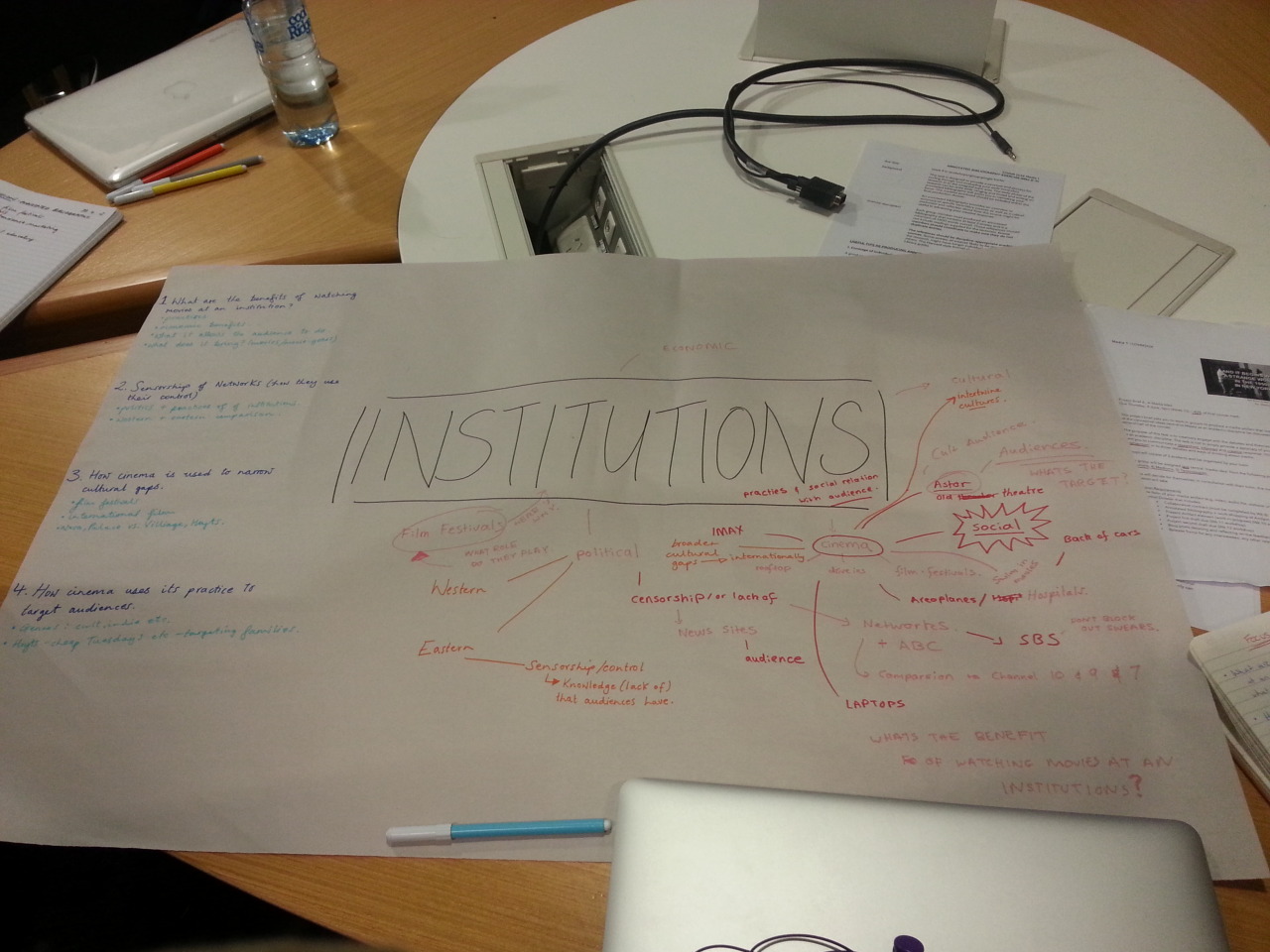“Everything is story, story is everything.”
This weeks reading: The Substance of Story focuses heavily on how writers/storytellers use protagonists cause an audience reaction. Although I found the reading to be extremely interesting and helpful it began to make me wonder about if you could tell a story without using a protagonist.
Audience want to recognise a shared humanity in their movie characters, as long as your paper clip character, has some eyes and a strong desire to fix his problems a bond is formed with him. So what happens if you take away character and focus on subjects? Is the story about the tree falling in the forest a story without a person there to duck and weave a branch? Can we as creatives tell stories using subjects rather than characters?
An example that sprung to my mind was Stan Brakhage experimental film: The Dante Quartet, a short silent film which was created by painting images directly onto the film. There are no characters only text and movement of colour divided into four parts: Hell Itself, Hell Spit Flexion, Purgation and existence is song.
For me the spilt into four different parts tell a story of a journey through hell, and the way the paint moves faster or colours are repeated show what each of these stages are like. This feels like a narrative without a protagonist however it’s easy to say that the film maker is the protagonist or that it’s simply not a narrative at all.
This question is something I might want to look into exploring through the continuation of my course.
You can watch The Dante Quartet here

 Brainstorming done in todays tutorial about institutions. We as a group started with the two institutions that interested us, Cinema and Network TV. We began to list different forms of cinema and tv and connect issues to them under: economical, political, cultural and social brackets. Some of the ideas and issues we came up with are:
Brainstorming done in todays tutorial about institutions. We as a group started with the two institutions that interested us, Cinema and Network TV. We began to list different forms of cinema and tv and connect issues to them under: economical, political, cultural and social brackets. Some of the ideas and issues we came up with are: